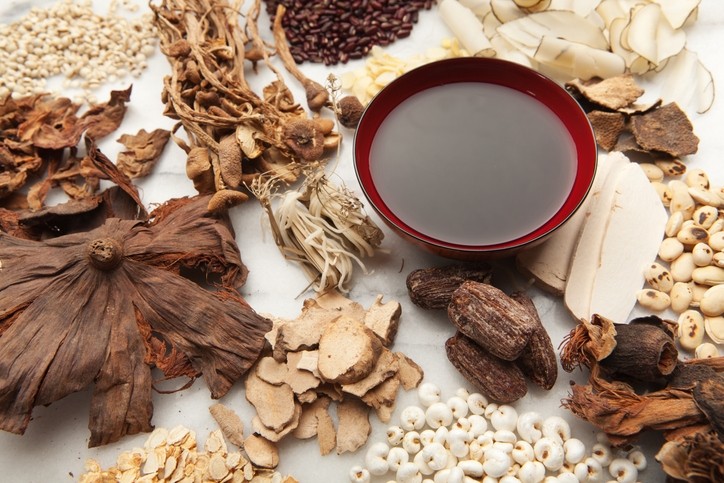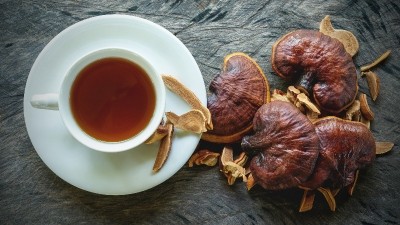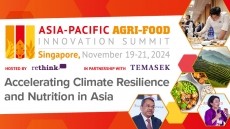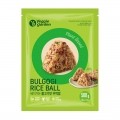HNC / Healthplex Expo 2024
'Food as medicines': Korea’s Kolmar woos China consumers with immunity, blood sugar support formulas

These formulations would tackle issues such as blood sugar control, anti-hangover, and supporting the immune system.
The company told NutraIngredients-Asia some of its detailed plans during the Healthplex Expo held in Shanghai between 19 and 21 June, where it was one of the exhibiting companies.
CEO Kang Jun Young told the media that the company has high hopes for China's nutraceutical industry as consumer awareness has been growing, with more innovative products entering the market.
“We are seeing a lot of products launched in different dosage formats, we have high hopes for the development of the industry.
“These innovative products are coming from both foreign and domestic Chinese companies, they come with more functions, and this has given consumers much more product options.
“As the market diversifies, product segmentation is bound to increase, with the introduction of products with higher quality at the same time,” he said.
Multivitamins, DHA omega-3, traditional Chinese medicines and products developed based on the concept of “food as medicines” (药食同源) are some of the popular categories that he is seeing in China.
In South Korea, four in five families have the habit of taking health supplements, with yearly spending of roughly RMB2,000 (US$275) per household.
As the market matures, Kang noted that the growth rate in South Korea would slow down, as there is already a widespread use of supplements. Multivitamins, gut health probiotics, red ginseng, and products for bone and joint health are some of the bestsellers in the country.
There are even examples of companies formulating red ginseng with multivitamins instead of taking the usual approach of launching it as a single ingredient product.
While red ginseng is highly popular among the young and old in South Korea, its use is limited in China due to regulatory constraints.
“In South Korea, red ginseng is indeed popular, especially among the elderly. Mothers would also introduce red ginseng to their young children.
“However, we are seeing a different picture in China due to the regulatory differences. In South Korea, six-year-old red ginseng is commonly used, but its use is not allowed in China, as the government only permits the use of five-year-old red ginseng,” Park Hyeok Joo, R&D general manger at Kolmar BNH told NutraIngredients-Asia.
Chinese pharmacopoeia as the foundation for new formulas
In this case, the company hopes to tap on Chinese consumers’ interest in “food as medicines” by referencing the Chinese Pharmacopoeia.
An example is “Four Substances Decoction”, also known as Si Wu Tang (四物汤) in Mandarin.
The formula traditionally consists of Angelica sinensis or Danggui, Chuanxiong Rhizoma, Paeoniae Radix Alba or White Peony Root, and Rehmanniae Radix.
In its formulation, however, the company is omitting the use of Rehmanniae Radix, also known as Dihuang (地黄).
Park said that the formula was designed for immune support, especially for individuals undergoing post-cancer treatment or were under prolonged exposure to radiation.
Another example is the use of bitter gourd extract for regulating blood sugar level, which is a formula which the company has already introduced to the Korean market.
Thirdly, the company has also developed an anti-hangover formula containing Hoveniae Dulcis Semen or Japanese Raisin Tree Seed. This is also known as Zhi Ju Zi (枳椇子) in Mandarin.
“We are on a continuous look out for raw ingredients that support the concept of ‘food as medicines’, especially those supporting immunity and respiratory health,” said Park.
Immunity is a key area of interest as it is a basic human function, he said.
“If the immune system is down, the chances of developing diseases are higher,” he explained.
Respiratory health, on the other hand, is an area that is affected by external environment and stressors, and hence, the company is seeing a need to support this area.
“Food as medicines” see a revival in China
“Food as medicines” is seeing a revival in China partly because the authorities have been expanding the list of raw ingredients that are recognised as both food and traditional Chinese medicine according to traditions.
Last November, the National Health Commission (NHC) and State Administration for Market Regulation (SAMR) added nine ingredients to the list. This is set to create more opportunities for new “food as medicines” products in the market.
Examples of the newly added ingredients include Codonopsispilosula (Franch.) Nannf or Dangshen (党参),Cistanche deserticola Y. C. Ma or Roucongrong (肉苁蓉),and Panax quinquefolium L. or American ginseng (西洋参).
At the Healthplex Expo, there were also various local China companies promoting the concept of “food as medicines”, including Yunnan Baiyao, which presented on its specialty in Notoginseng Radix et Rhizoma (三七), as well as others such as TongRenTang and Ganoherb.
Launch of plant and animal-mixed capsules
On the other hand, Kolmar BNH also showcased two of its new capsule designs.
The capsules are made with either pure plant-based material or a mix of animal gelatin and plant-based material.
These capsules could encapsulate fat-soluble ingredients of up to 300mg per capsule.
Park explained that these designs were launched as the use of pure animal gelatin might be too hard to chew, and hence the mixture with plant-based material.
On the other hand, the pure plant-based option is introduced out of religious and animal welfare concerns.

















